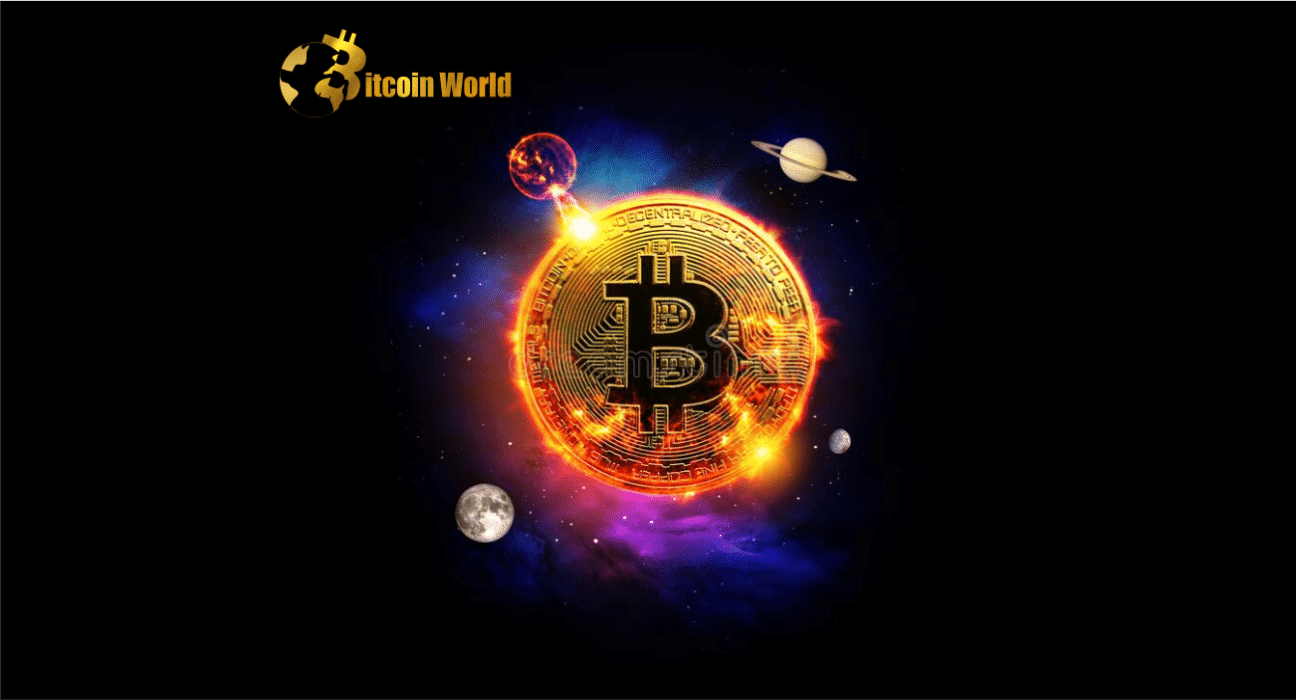The crypto world never sleeps, but when Asia wakes up and gets to work, things often start moving! Recently, we’ve seen a significant surge in the digital asset market, painting the charts green across the board. Bitcoin, Ether, and Binance’s BNB coin are leading this charge, leaving many wondering – what’s fueling this rally?
What’s Driving the Crypto Market Surge?
Let’s dive into the numbers. Over the past 24 hours, Bitcoin (BTC) has jumped by an impressive 5.3%, pushing past the $25,000 mark to reach $25,703. Ethereum (ETH) isn’t far behind, climbing around 2.8% to $1,697. And Binance Coin (BNB) is stealing the spotlight with an 8.7% surge, hitting $331.
But these aren’t just random fluctuations. According to Clara Medalie, Director of Research at Kaiko, there’s a confluence of factors at play, primarily centered around market liquidity and buying pressure. In a recent appearance on CoinDesk TV, Medalie highlighted these key drivers behind the current mini-crypto boom.
Low Liquidity Meets High Buying Pressure: A Recipe for Price Surges
Imagine a small pond versus a vast ocean. In a small pond (low liquidity market), even a small stone thrown in (buying pressure) can create big ripples. That’s essentially what’s happening in the crypto market right now.
Medalie explained, “There’s a lot of purchase pressure in the markets right now. Since the markets aren’t particularly liquid, any big purchasing push is likely to have a significant influence on prices overall.”
One significant source of this “purchasing push”? Binance’s strategic move to convert $1 billion in BUSD into major cryptocurrencies like Bitcoin, Ether, and BNB, along with other digital assets. This massive conversion acted as a significant injection of buying pressure into a market already experiencing lower liquidity, thus amplifying the price movements.
Is Binance’s BUSD Conversion the Catalyst?
Binance, a giant in the crypto exchange world, converting a substantial amount of its BUSD holdings into other crypto assets is undoubtedly a significant event. Here’s why this conversion could be a major catalyst:
- Increased Demand: Converting $1 billion into crypto requires purchasing these assets, directly increasing demand in the market.
- Sentiment Boost: Such a large move from a major player like Binance can signal confidence in the crypto market, further encouraging buying activity from other investors.
- Liquidity Impact: In a less liquid market, a $1 billion buy order has a much more pronounced impact on prices than in a highly liquid market.
Europe and Asia: New Crypto Liquidity Hubs?
The recent failures of crypto-friendly banks Silvergate and Signature in the US have sent ripples through the industry. But amidst these challenges, Medalie points out a silver lining: Europe and Asia could emerge as attractive destinations for crypto liquidity.
“There are quite a few crypto firms situated in Europe or Asia that have kept their banking relationships, so it actually gives a very huge potential for these countries to accept crypto businesses,” Medalie noted.
This suggests a potential geographical shift in the crypto landscape. As some doors close in one region, others may open in different parts of the world, offering stable banking relationships and fostering growth. Taiwan’s Maicoin, for instance, exemplifies this. Its established connection with a major Taiwanese bank provides a reliable fiat on-ramp and off-ramp, crucial for crypto businesses to operate smoothly.
Crypto Diverges from Equities: A Sign of Decoupling?
For a while, the crypto market has shown a strong correlation with traditional equities, particularly tech stocks like those listed on the Nasdaq. However, Medalie observes a shift in this relationship. Remember the start of the year when crypto and equities moved in tandem? Well, that seems to be changing.
“This week it switched. We’re seeing a rise in crypto markets while equities markets have utterly imploded,” she stated. “The disparity in both markets has turned and is continuing to do so, resulting in this diminishing connection for both Nasdaq tech stocks and Europe’s 600 index.”
This potential decoupling could be significant. It might indicate that crypto is starting to mature into its own asset class, less influenced by the factors driving traditional stock markets. This could be due to:
- Unique Market Dynamics: Crypto markets operate 24/7 and are driven by different sets of investors and factors compared to traditional equities.
- Growing Maturity: As the crypto market matures, it may develop its own independent drivers and respond less predictably to macroeconomic events that typically impact stock markets.
- Specific Crypto Catalysts: Events like Binance’s BUSD conversion or regulatory developments can have a more direct and immediate impact on crypto prices than on broader equity markets.
Key Takeaways: What Does This Mean for Crypto?
The recent crypto surge offers several important insights:
- Liquidity Matters: Low liquidity environments can amplify price movements, making the market more volatile but also potentially more rewarding for strategic investors.
- Buying Pressure is Powerful: Significant buying activity, especially from major players like Binance, can have a substantial impact on crypto prices.
- Geographical Shifts are Possible: Europe and Asia are positioning themselves as potential hubs for crypto liquidity and business, offering opportunities amidst global regulatory shifts.
- Decoupling from Equities? The potential divergence of crypto from equity markets could signal a new phase of maturity and independence for digital assets.
In conclusion, the crypto market is dynamic and ever-evolving. The recent surge highlights the interplay of liquidity, buying pressure, and geographical factors. As the market continues to mature and potentially decouple from traditional equities, understanding these underlying dynamics will be crucial for navigating the exciting, and sometimes turbulent, world of digital assets.
Disclaimer: The information provided is not trading advice, Bitcoinworld.co.in holds no liability for any investments made based on the information provided on this page. We strongly recommend independent research and/or consultation with a qualified professional before making any investment decisions.


